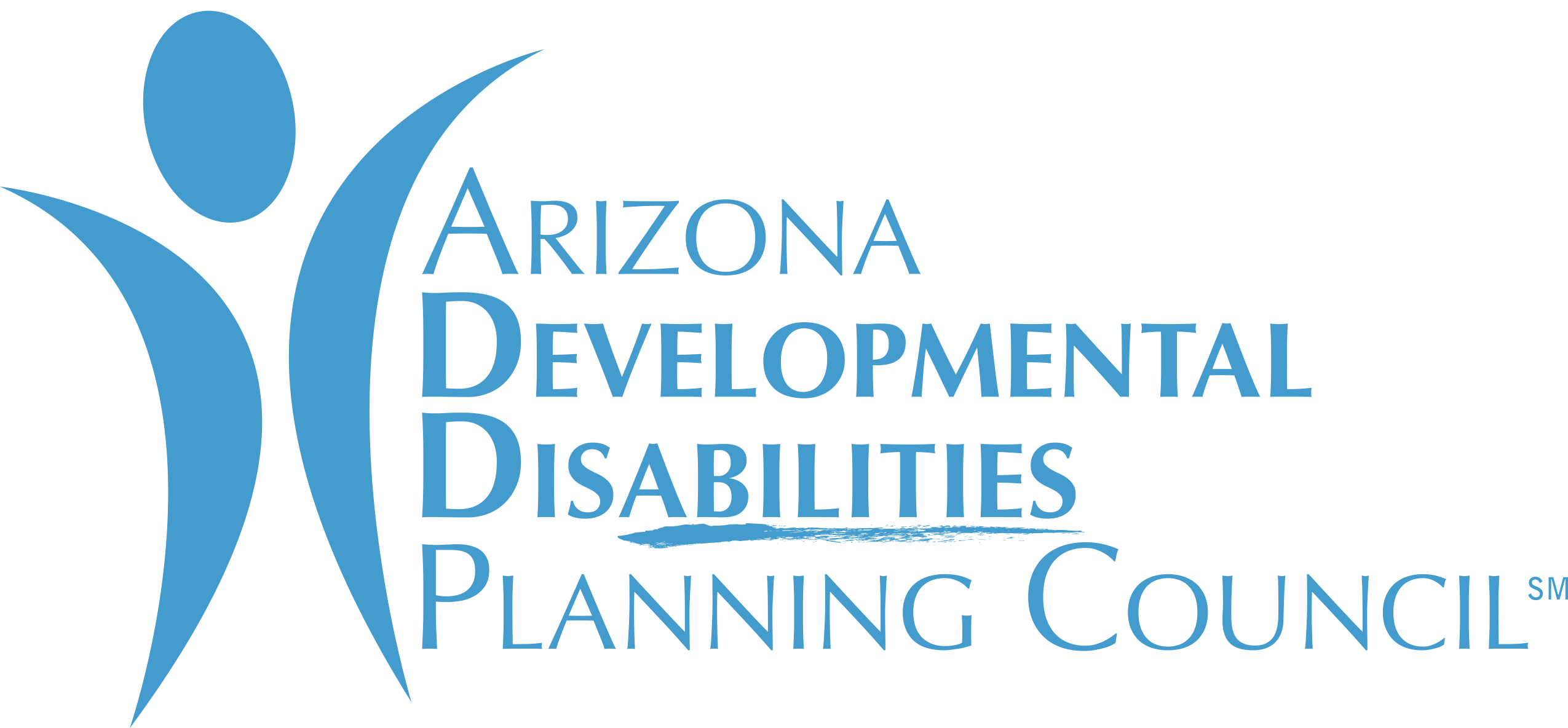Disability Representation in the Media: Our work isn't done

 by Breanna Bang, Guest Writer
by Breanna Bang, Guest Writer
Our Voices features guest bloggers in their own words sounding off on disability issues in Arizona.
Breanna Bang is currently serving as an intern for the Arizona Developmental Disabilities Planning Council. She is a graduate student studying both social work and public administration at Arizona State University's College of Public Service and Community Solutions. She also has a BA in Asian Studies from the University of Denver.
With more outlets and social media platforms available today than ever before, consumers have been vocal about their demand for more inclusion and diversity in modern entertainment media. These conversations surrounding diversity in the media tend to focus on race and the LGBTQ population. However, people with disabilities and their allies are also a part of this conversation.
This conversation was recently re-sparked at the end of March by the reboot Power Rangers, which included a character with autism—Billy the Blue Ranger. While some have criticized the film and Hollywood in general for the lack of inclusion in the employment of actors with disabilities, the overall response for Power Rangers was positive. Pop singer and actress Becky G., who plays Trini the Yellow Ranger, has a brother with autism and expressed excitement about the inclusion in the film on her Instagram account.
While I agree the effort displayed by the studio was a great place to start, this representation is not free of problems. What I find troubling about the character Billy is that his role represents what media scholars describe as an archetype for characters with disabilities: the savant. A savant is a person who has a specific ability or abilities beyond what would be considered normal for the average person, let alone someone with autism. The reason the special abilities are a problem is because they are unrealistic for most people, including people with disabilities to develop. This puts up a potential barrier that may prevent some individuals from being able to see themselves within this character, possibly negating some of the effects of including him in the first place.
Many Americans might not find characters with fantastic abilities as problematic because they have other films, television shows, or books where they are already portrayed in a realistic light. However, individuals with disabilities are vastly underrepresented in entertainment media, which means that even a few poor or inaccurate portrayals can have a large effect on how society sees these individuals and on how they see themselves. In 2016, the University of Southern California Annenberg’s Media, Diversity, and Social Change Initiative reported characters with disabilities only made up 2.4 percent of all speaking characters in 800 popular films released between 2007 and 2015. Of that 2.4 percent, 61 percent had a physical disability, 37 percent a cognitive disability and 18 percent a communicative disability. In contrast, according to the U.S. Census Bureau, 12.4 percent of Americans have a disability of some kind and 5 percent have a cognitive disability.
Due to the variations in symptoms and diagnoses associated with developmental disabilities such as autism, it is not reasonable to expect that Hollywood will be able to fairly represent every variation. Some people with autism are severely impacted in their daily lives by their symptoms while others face few challenges. However, that doesn’t mean we should merely accept and be grateful for any and all portrayals of individuals with disabilities. In short, the work for inclusion and accurate representation in entertainment media for individuals with disabilities is far from over.






